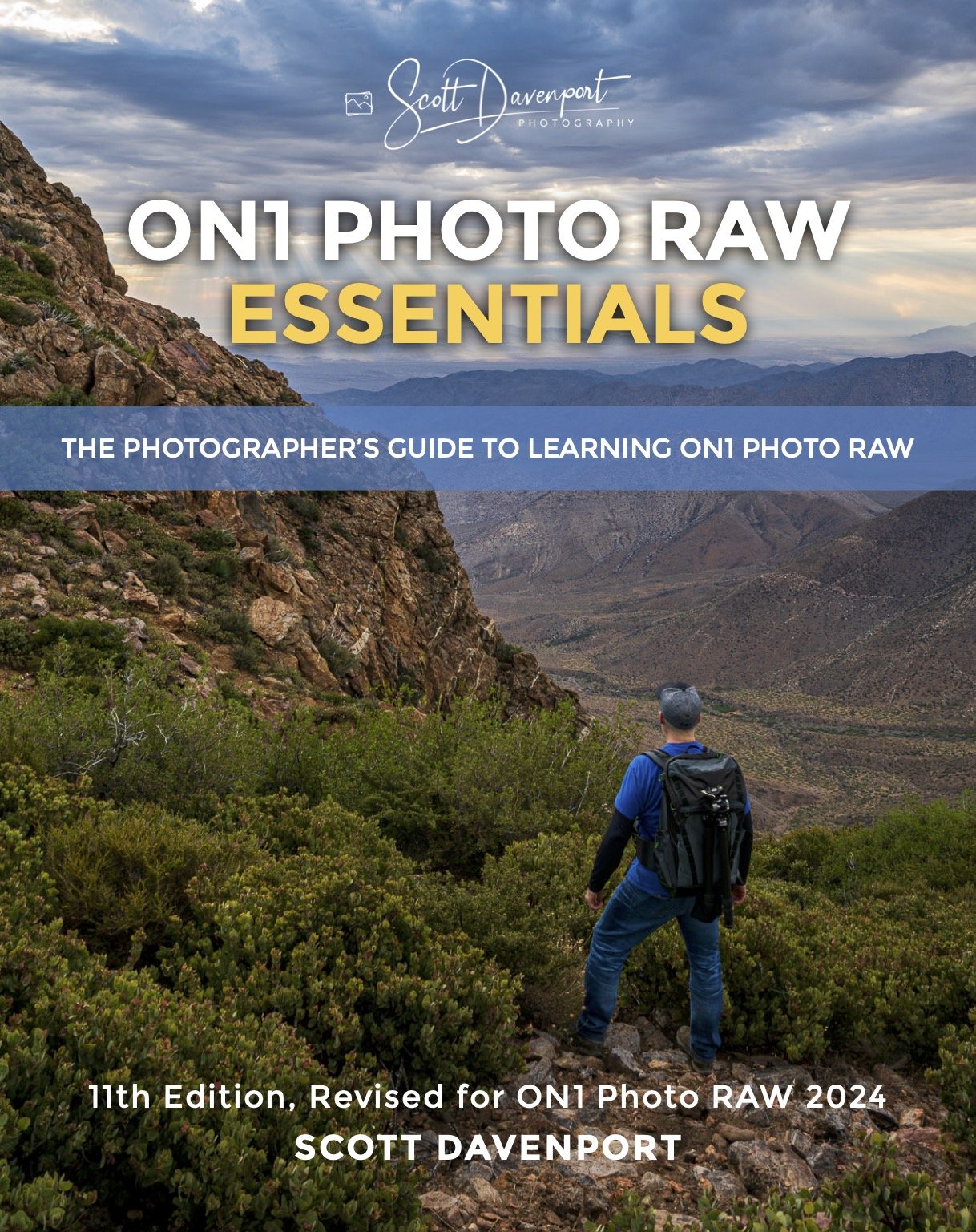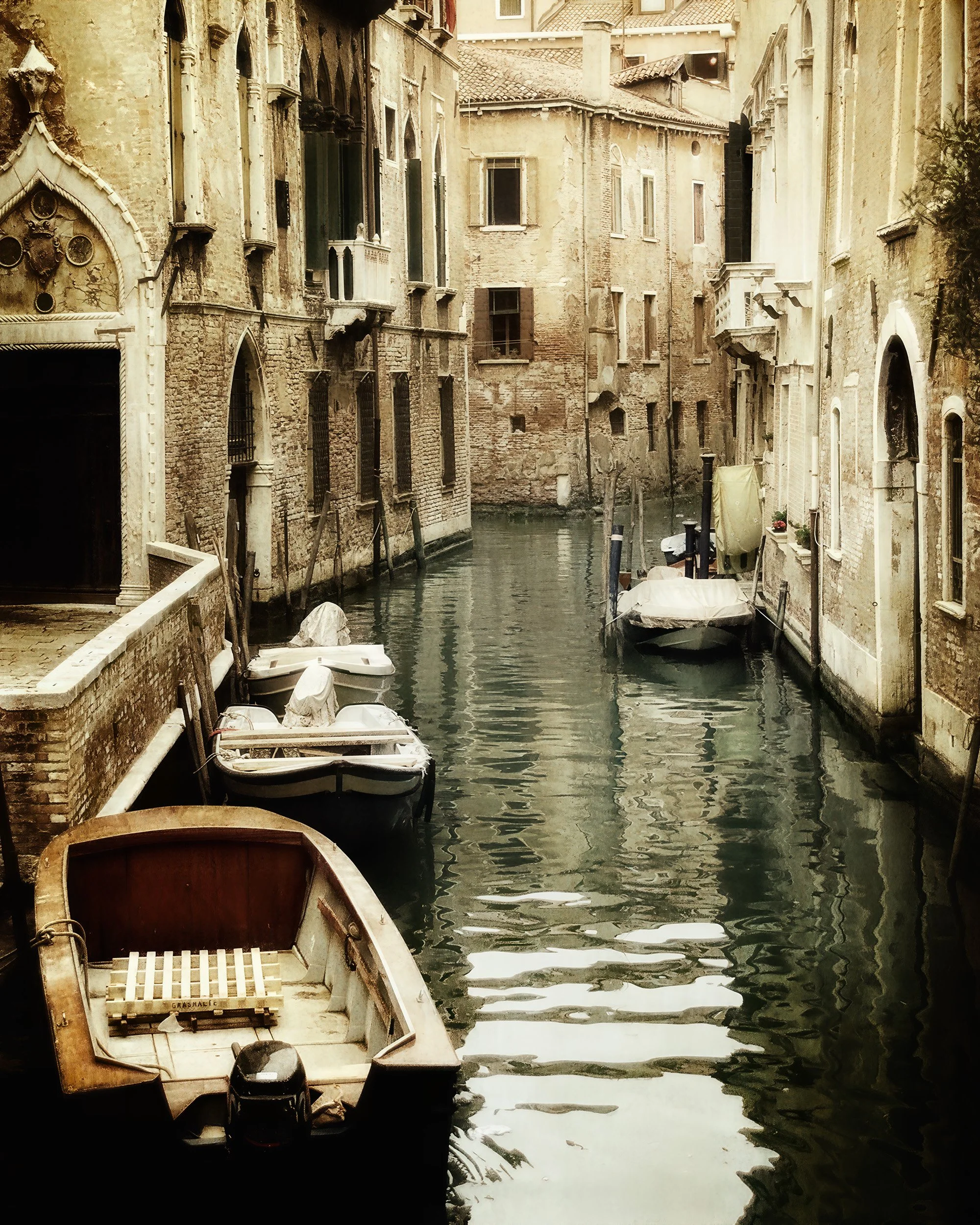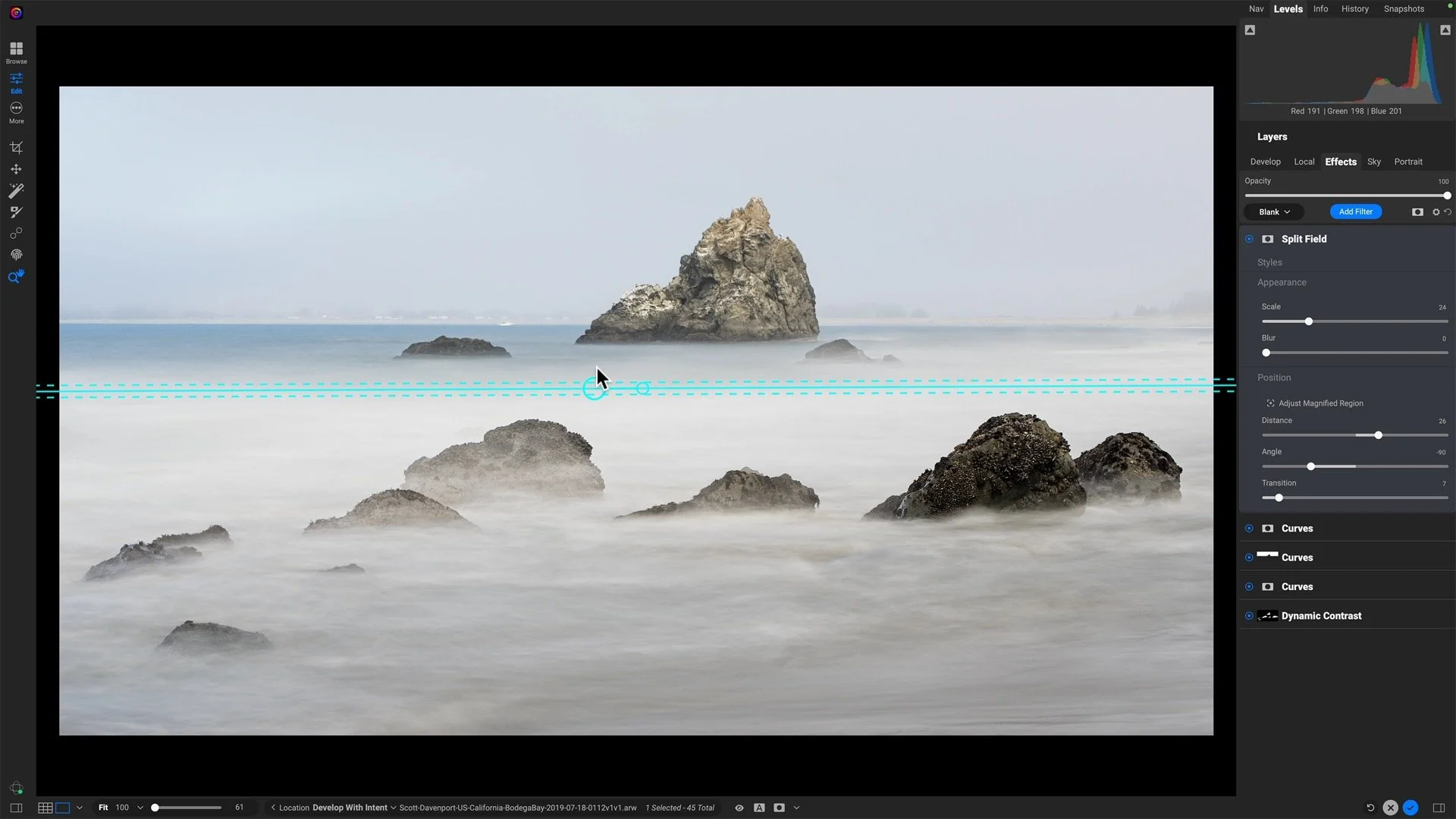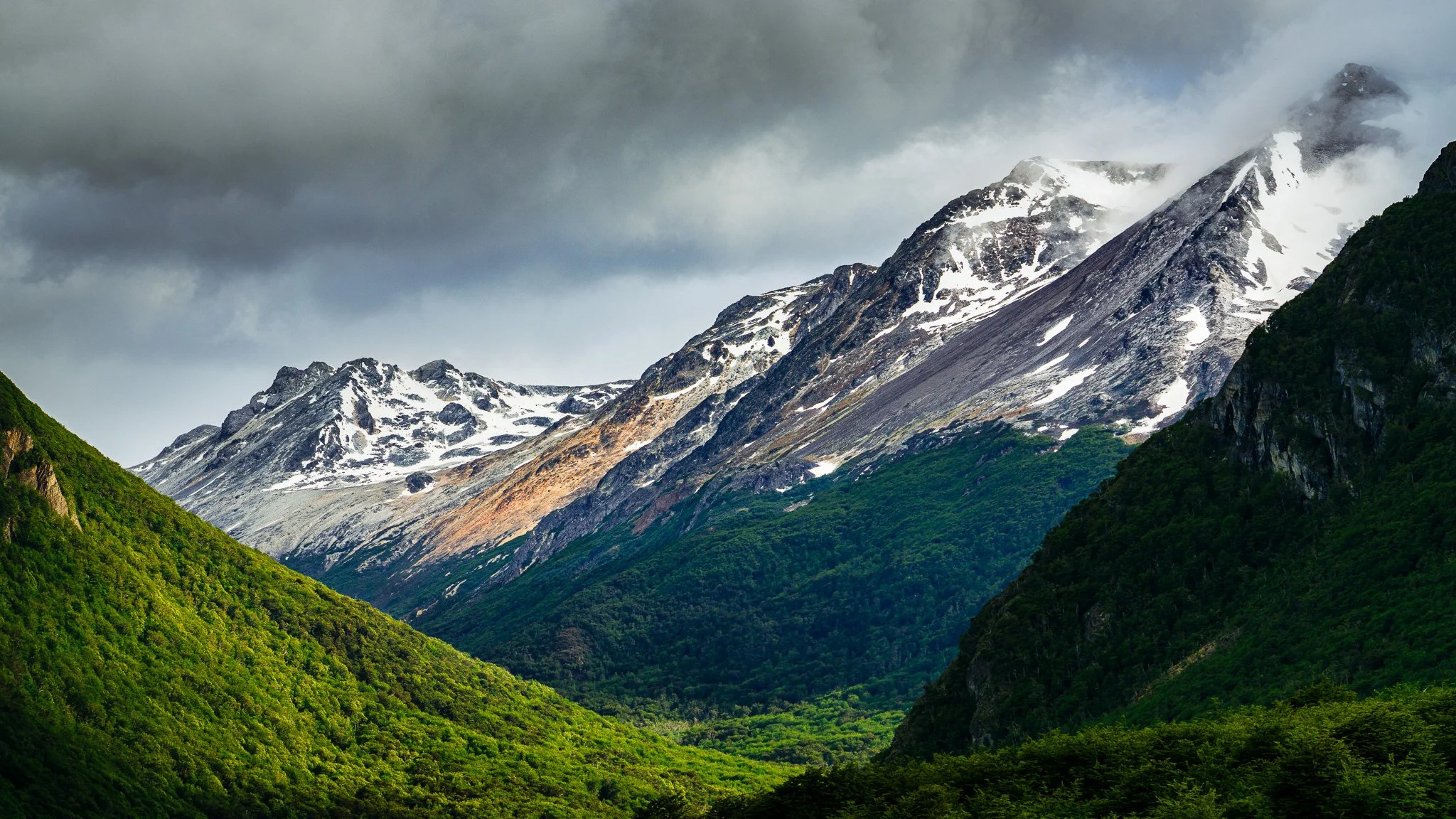Smoother Composites With The Film Grain Filter - ON1 Photo RAW 2021
If you are trying ON1 Photo RAW 2021, the ON1 plug-ins, or upgrading from an older version, please consider using my affiliate link. There is no extra cost to you and it helps support ON1 tutorials like this one. Ready to buy? Use the offer code SDP20 at checkout and Save 20%!
Yes, the Film Grain filter in ON1 Effects delivers a 35mm film look to your photos. It does that very well! The filter includes the actual grain patterns of popular films, including Kodak and Ilford - with the added benefit of digital control over the amount of the grain and the size of the grains, too. A use case you might not have considered for the Film Grain tool is photo compositing. The individual photos of a composite may have different levels of noise in them. Some may be higher ISO captures with color and luminance noise, and others may be noise-free. For a believable, good-looking composite, the blended image needs to have a consistent level of noise and grain. Adding grain with the Film Grain filter is a way to achieve that.
Create a 35mm film stock look with the Film Grain filter in ON1 Effects.
A Noisy Composite
I captured this scene of Oceanside Harbor in California before sunrise in a low-light situation. I wanted the water to be smooth and clean and that requires a longer exposure. The problem with a longer exposure is the water looks great but the boats bob up and down and get blurry. For crisp boats, I captured a second image at a higher ISO to make them motionless, and that exposure produced a healthy amount of noise. I need both frames to create the composite and need to manage the difference in noise across the two images.
Low-ISO exposure: The water is clean and smooth, but the longer exposure results in blurry boats.
High-ISO exposure: The boats are crisp and clean, but there is a larger amount of color and luminance noise in the scene.
An Unbelievable Blend
After adding some noise reduction to the high-ISO exposure, a layer mask reveals the crisp boats and the smooth water. Blending them together in ON1 Layers with a layer mask is easy enough. The AI Quick Mask was very helpful in creating the initial mask. The problem is the noise differential. Even with noise reduction added to the crisp boats, the boats still have noise. The noise in the boats is not overbearing. However, when seen next to the smooth, clean, noise-free surface of the water, it’s a lot more obvious.
The blend is unbelievable. And I don’t me that in a good “Wow, that’s unbelievable!” kind of way. The composite looks false.
Creating the composite is straightforward with ON1’s masking tools.
The noise difference in the blend is obvious and the composite looks false.
Evening The Noise With Film Grain
The challenge is making the resulting composite look believable and evening out the noise and grain in the composite. Using the Film Grain tool to add some grain and noise to the low-noise, low-ISO exposure evens out the composite. Experiment with the different film stocks, and the Amount, Size, and Opacity sliders to get a grain pattern that matches nicely.
The end result is a natural-looking, believable scene with a consistent level of noise throughout.
Adding the Film Grain filter to the low-noise image evens out the noise and makes the composite look natural.
Oceanside Harbor Composite
Contact Scott to commission a print or license this image.















